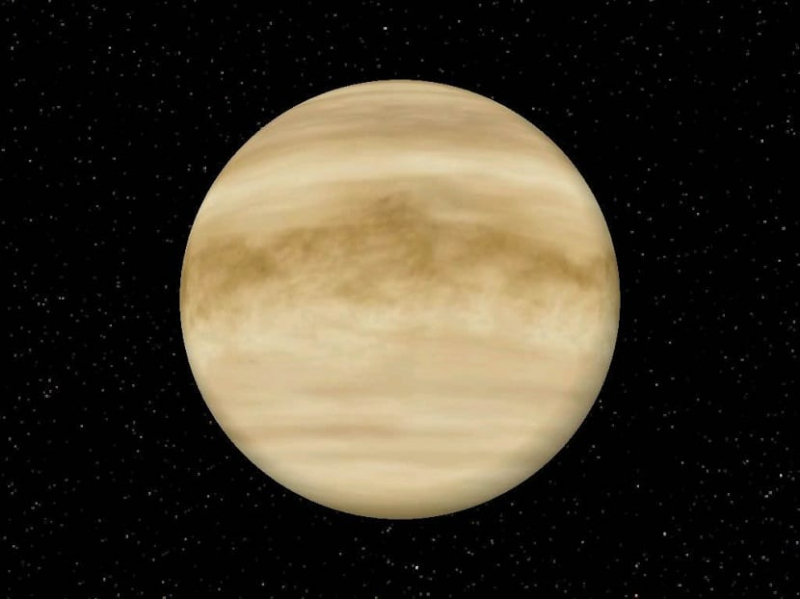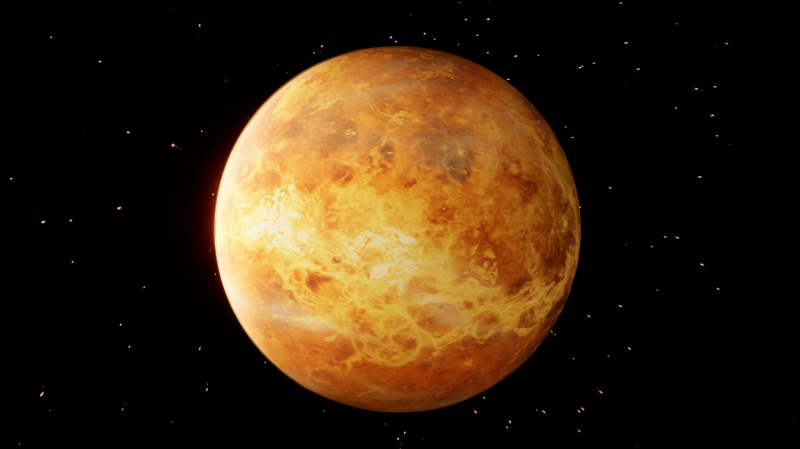A day on Venus Is Longer Than A Year

Venus is the name of the Roman goddess of love and beauty, and it is the second planet from the Sun. Venus can throw shadows and can be seen with the unaided eye in the open sky since it is the second-brightest natural object behind the Moon in the Earth's night sky. The maximum elongation of Venus' orbit, which is 47°, makes it more easily visible in latitudes with a day-night cycle for up to a few hours after the start of a sunset or before sunrise. Venus' orbit is smaller than that of Earth, yet it is nevertheless more elongated than Earth. It has occasionally been visible against a pitch-black sky.
Venus is a bizarre, hostile planet. Venus is roughly the size of Earth and orbits the sun at a distance that is two-thirds that of our planet. The world is covered in a thick, deadly atmosphere of carbon dioxide and sulfuric acid, and it experiences a runaway greenhouse effect that raises surface temperatures to a life-ending 900 degrees Fahrenheit (475 degrees Celsius). A further peculiarity of this universe is as follows: Venus takes 225 Earth days to complete its orbit around the sun, while it takes 243 Earth days for the planet to rotate around its axis. Thus, a day on Venus would be longer than a year.
Time to rotate around its axis: 243 Earth days
Time to complete orbit of the Sun: 225 Earth days







